Harrowing exposé
This book exposes the horrific abuse suffer by children placed in the care of Roman Catholic workhouses of 1960s Ireland
St. Patrick's child Prison
True story of a child prisoner of the Irish state
Former child prisoner R.F. Heeney exposes the hidden terrors of Ireland’s industrial schools and penitentiaries in this heart-breaking exposé. He finally gives a voice to children destroyed by the system.
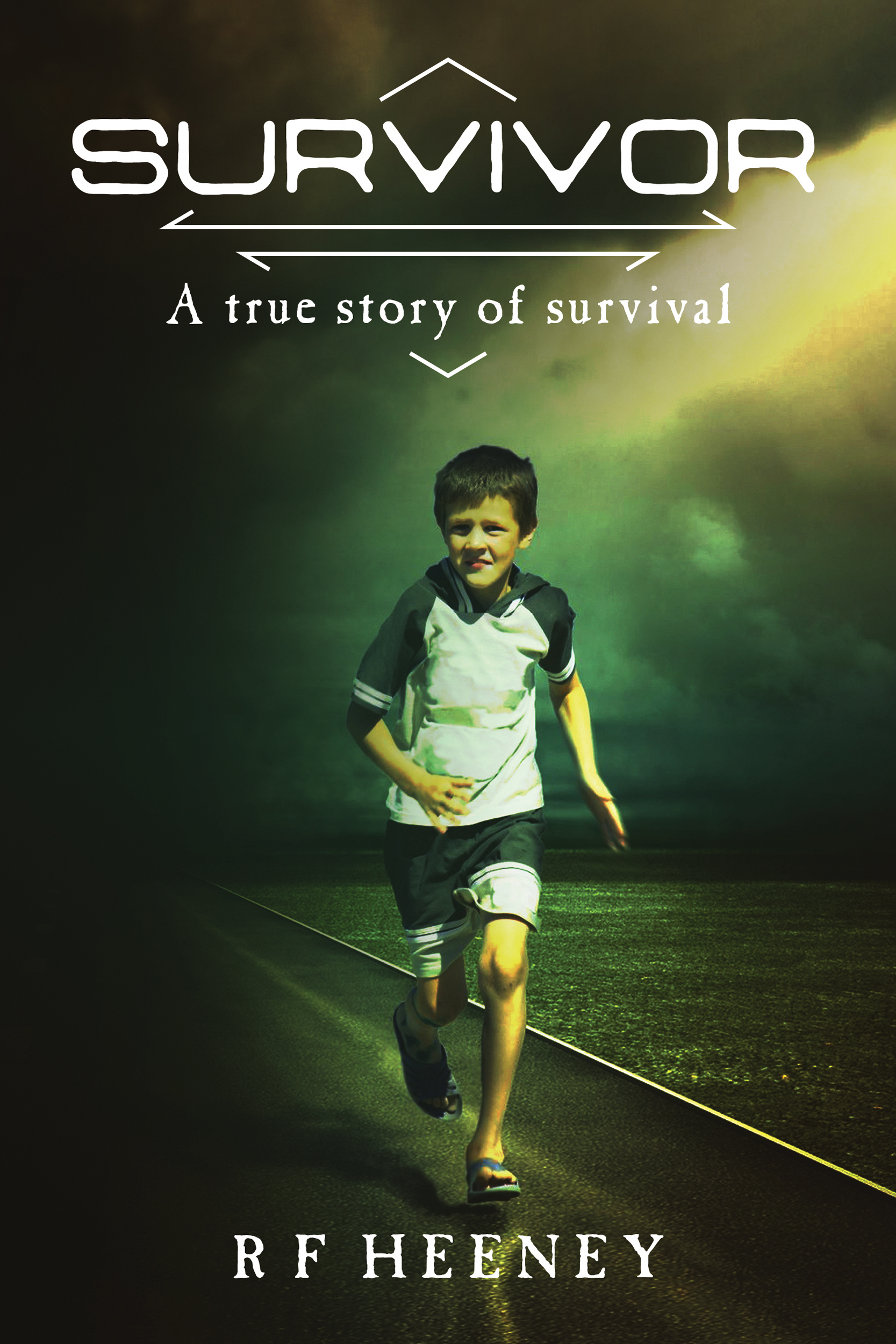
A true story of life in an industrial school in Ireland.
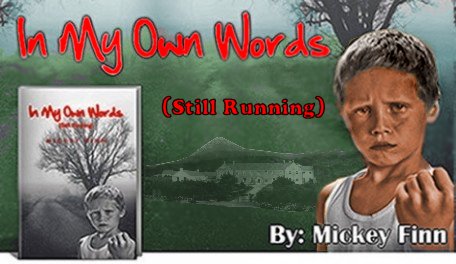
This book exposes the horrific abuse suffer by children placed in the care of Roman Catholic workhouses of 1960s Ireland
True story of a child prisoner of the Irish state

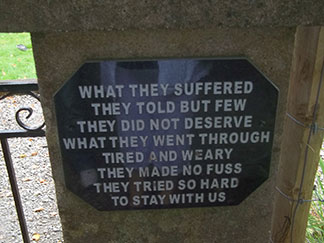
‘Jesus!’ I thought to myself as I awoke during the dark hours of the early morning, ‘What is that sticky stuff on my leg?’ The smell in the airless room was fetid. Hardly surprising as it was home to an entire family. I was in bed with my half-brother, although I was still half asleep. I could feel something on my leg which my mind interpreted as skutry shite.
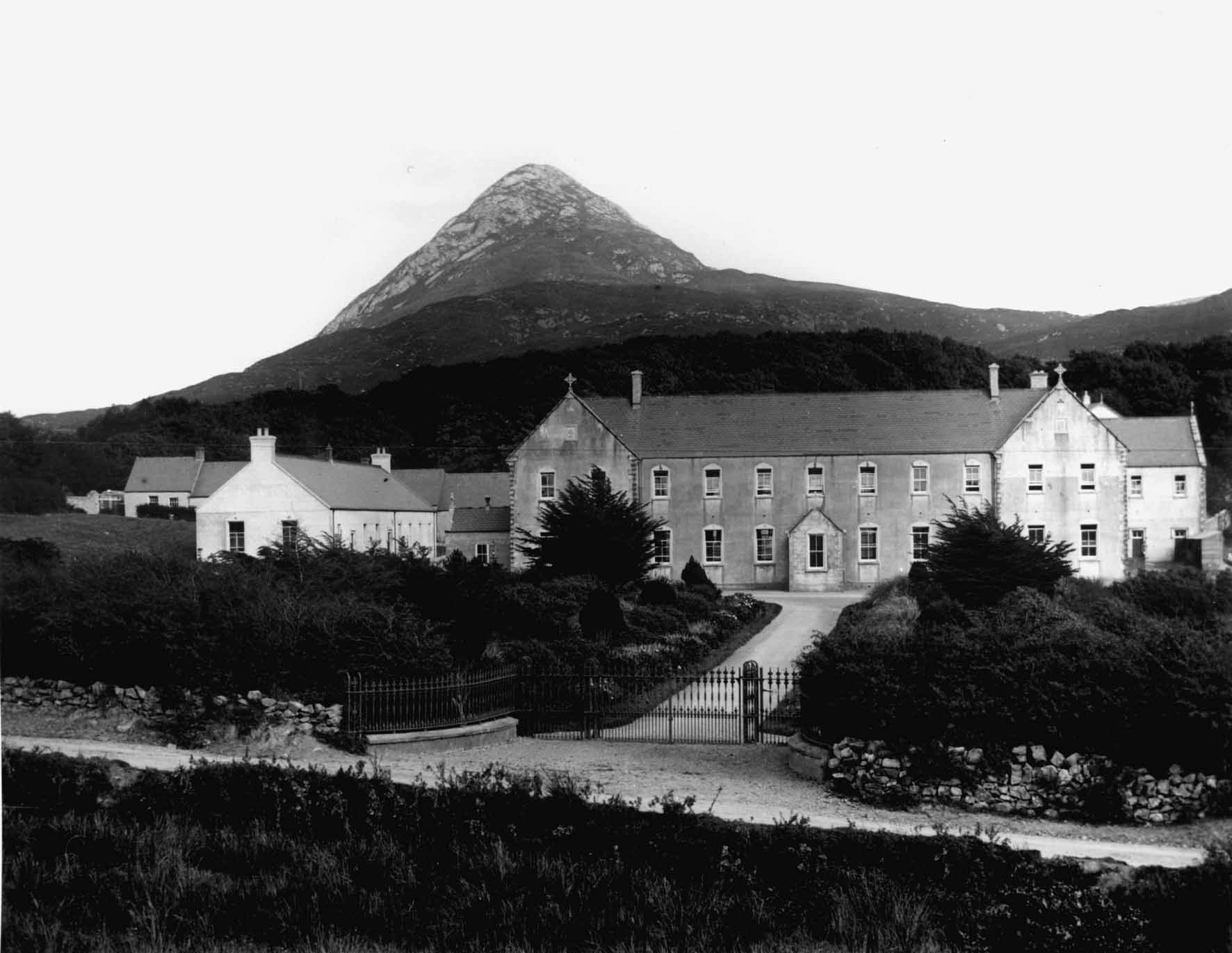
Rounding a bend I could now see a large imposing fortress-like building and thought that at last we had reached our destination. It looked like a castle but I later learned it was Kylemore Abbey, a private school for girls. A further ten minutes passed before we reached a small village crossroads and it was there that the brother swung the wheel and we turned up a small lane I could make out a large imposing buildings over on my right, we drove until we ran out of lane and then the brother pulling hard on the handbrake as we came to a stop. Welcome to St Josephs Industrial School Letterfrack. My stomach started to ache with fear.
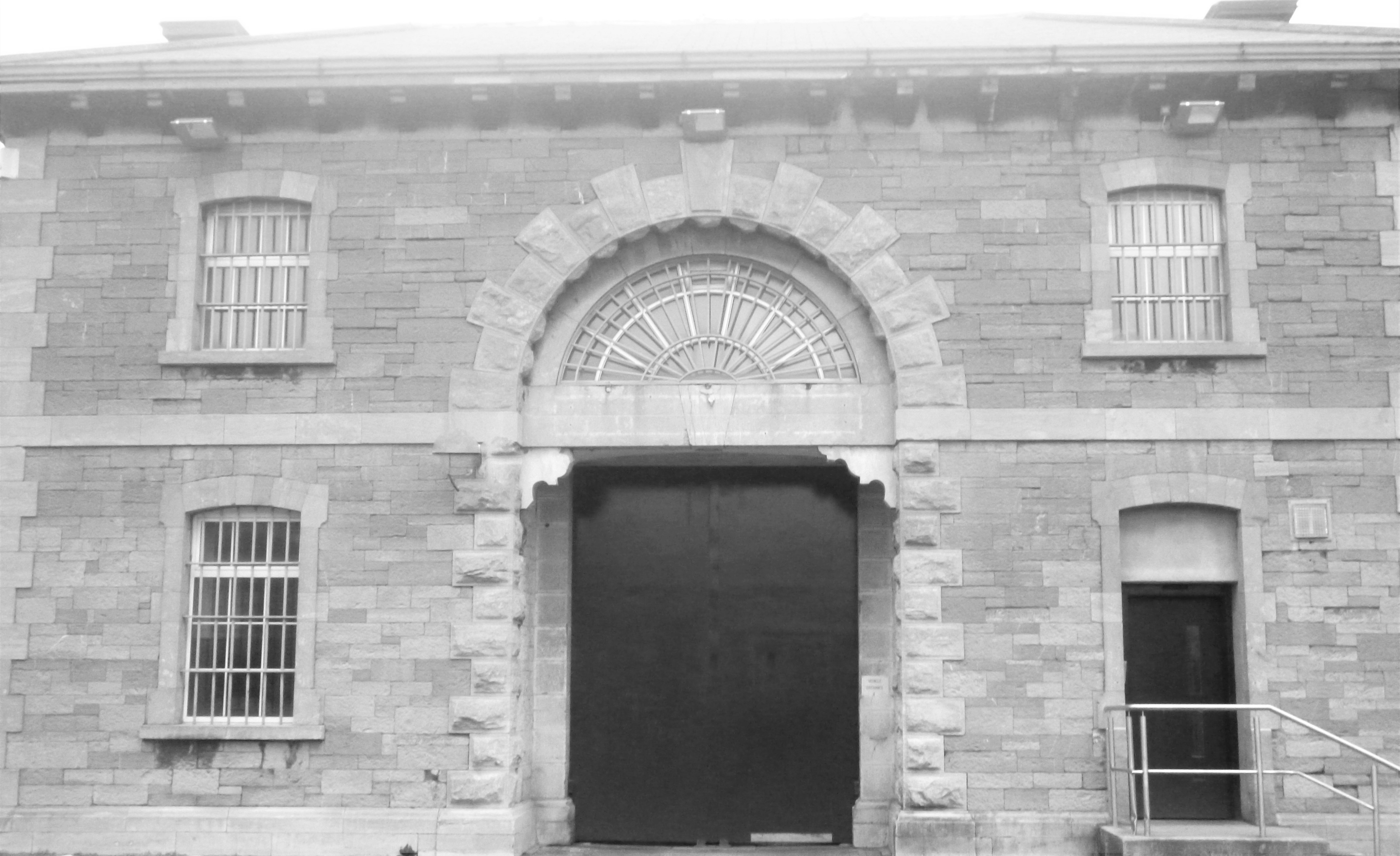
It was on my fifth or sixth week there when, accompanied by a solidly built guard, I found myself in the shower room on my own. Unusual, this had never happened before and I was a little taken aback. On this occasion instinct suggested I keep my underpants on. I guessed he might be pervy and wanted a peek. Besides, being on my own I felt strangely vulnerable. Busily washing my body with the bar of carbolic soap I became aware of a presence behind me. Turning, I was horrified to see the guard, the front of his uniformed trousers open, with a full erection in his hand. He was making a beeline for me. His intentions were clear. He wanted sex with me.
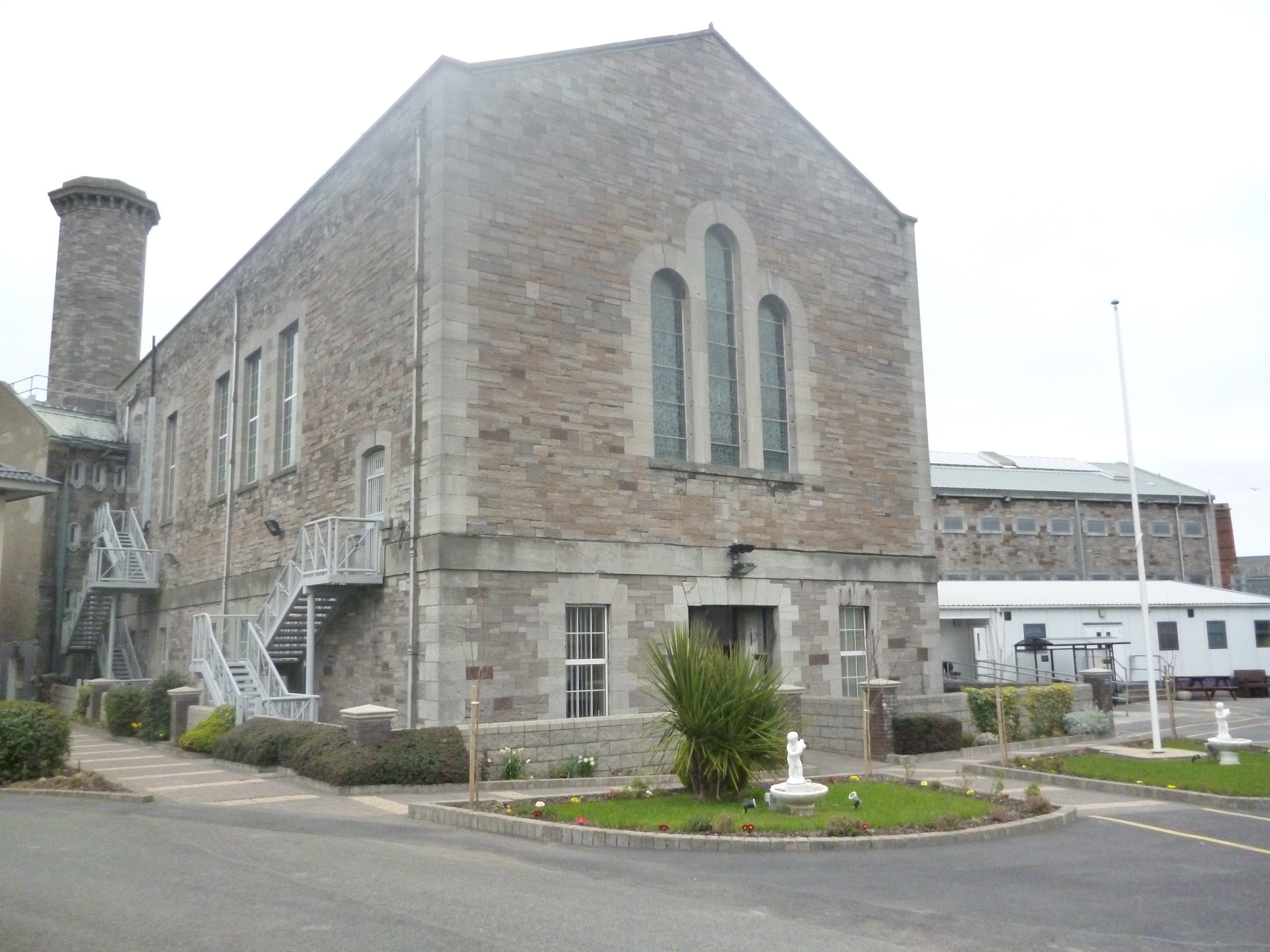
Whimpering like a wounded animal, my mind reeling, I uselessly rolled about on the concrete slabbed floor and strangely enough was now aware of my wet underpants. The room was almost completely dark but my eyes had adjusted. There was a blanket on the floor where it had been tossed but no bed. Wriggling like a snake I made my way to the blanket. However, with my hands and arms securely lashed behind me there was no possibility of my wrapping the bedding around me. Instead, I derived a little comfort from sitting on it and using it as a protection from the cold bare floor. Looking around me I took in my situation.
special ebook package and pricing plans
£2.31
£00.0
£8.70